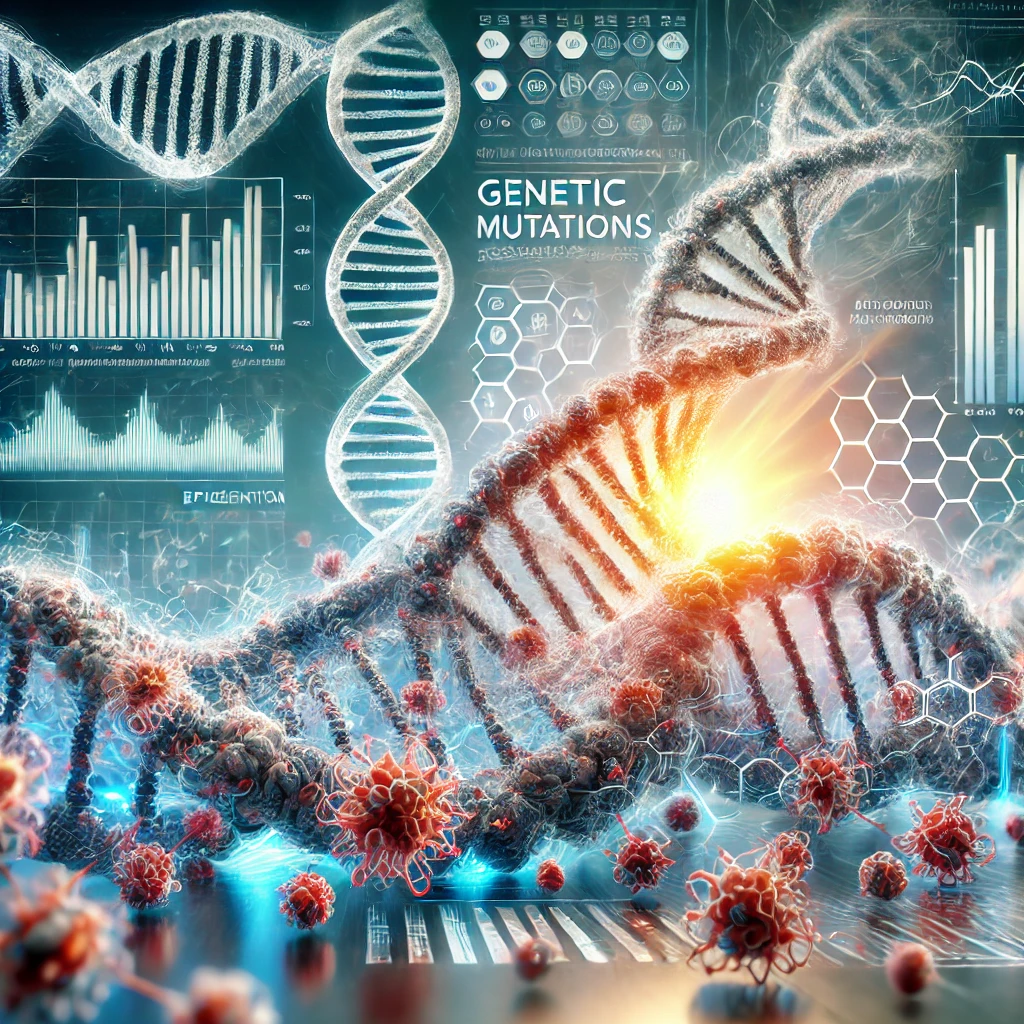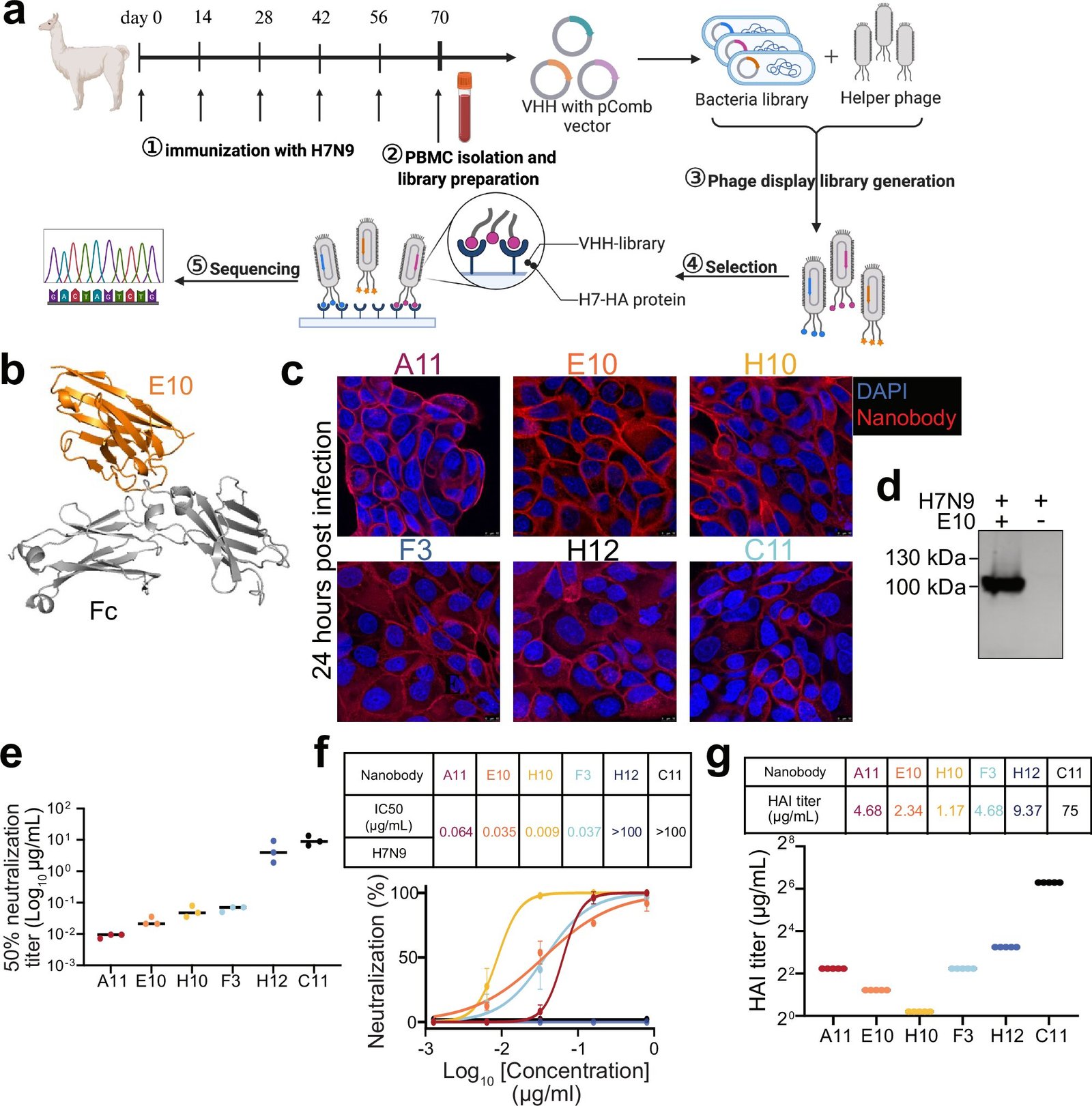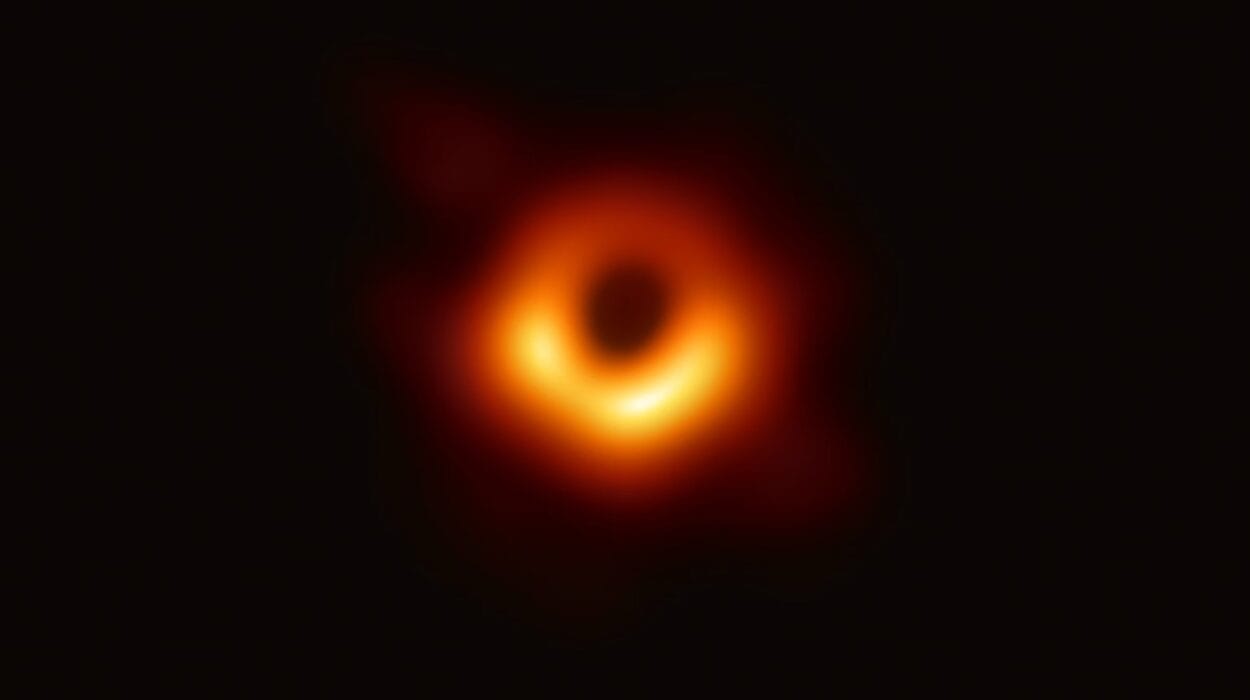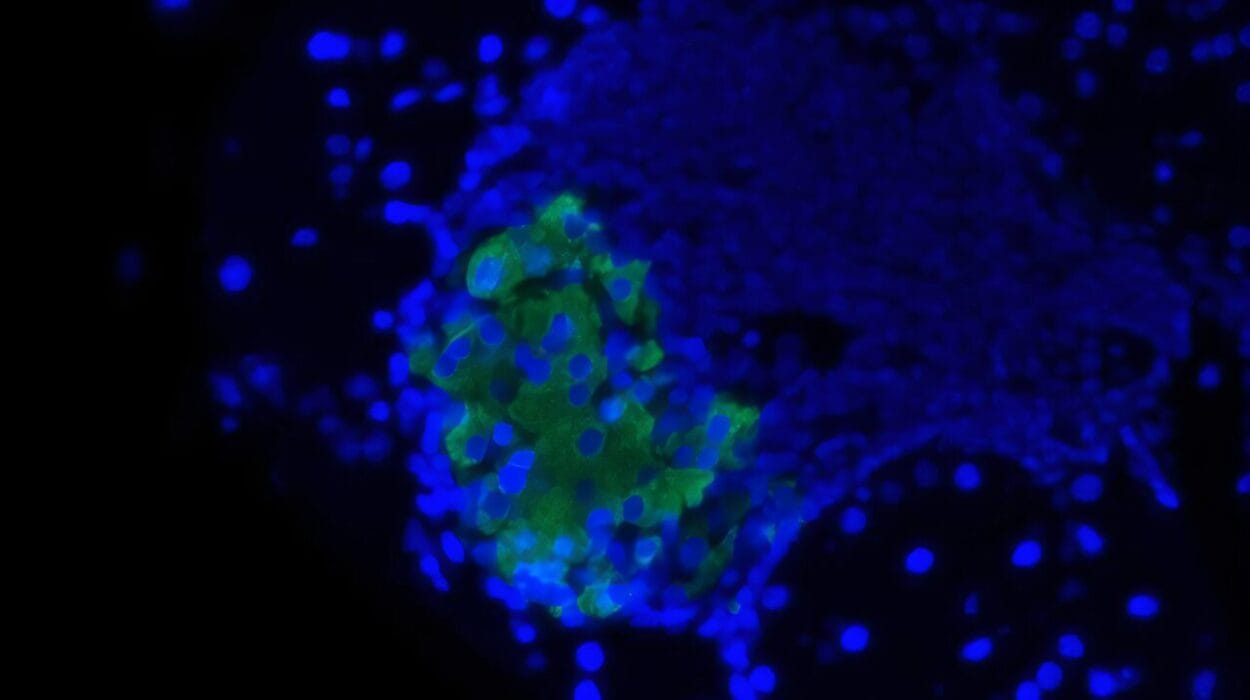Researchers at the University of California, San Diego School of Medicine have uncovered groundbreaking findings that challenge our understanding of what causes aging at the molecular level. Their study, published in Nature Aging, addresses a longstanding question in the field of aging research: Is aging a result of random genetic mutations, epigenetic modifications, or a complex interplay between the two? The results not only shed light on this issue but also suggest new directions for the development of anti-aging therapies.
Aging has long been considered a complex process driven by various genetic and environmental factors. Two prominent theories, the somatic mutation theory and the epigenetic clock theory, have been the focal points of scientific inquiry in this area. The new research, led by Dr. Trey Ideker, a professor at UC San Diego School of Medicine and the UC San Diego Jacobs School of Engineering, provides valuable insights that may change how we think about the mechanisms of aging.
The Somatic Mutation Theory and Epigenetic Clock Theory
The somatic mutation theory of aging proposes that the accumulation of mutations over time—random, permanent changes in our DNA—results in the decline of cellular functions and the aging process. In contrast, the epigenetic clock theory suggests that aging is driven by changes in the epigenome, which refers to reversible chemical modifications to DNA that do not alter the DNA sequence but control gene activity. These epigenetic alterations influence how cells respond to internal and external signals, affecting gene expression without changing the underlying genetic code. Scientists have employed epigenetic modifications, particularly DNA methylation, as a method to measure “biological age,” giving rise to the concept of the epigenetic clock.

The significant appeal of the epigenetic clock is its ability to quantify aging at a cellular level, with some studies showing it to be a reliable marker of biological age across different tissues. However, while the theory has proven useful for understanding the aging process, the underlying cause of the accumulation of epigenetic changes has remained elusive, until now.
The Discovery: How Genetic Mutations and Epigenetic Modifications Are Linked
In this groundbreaking study, researchers set out to explore the connection between these two theories by analyzing genetic mutations and epigenetic modifications in the context of aging. They examined data from 9,331 patients recorded in major genome databases, including the Cancer Genome Atlas and the Pan-Cancer Analysis of Whole Genomes. By comparing genetic mutations and epigenetic changes, they discovered a striking pattern: genetic mutations were predictably correlated with specific alterations in DNA methylation, one of the key forms of epigenetic modification.
The researchers revealed that a single genetic mutation could trigger a cascade of epigenetic changes across the genome. This process involves changes in how genes are turned on and off, as dictated by the alteration in DNA methylation patterns, which are consistent with what is observed in the aging process. Their analysis showed that these mutations influenced gene activity across entire regions of the genome, leading to predictable changes over time. By tracking this pattern, they demonstrated that both genetic mutations and epigenetic modifications could predict biological age with similar accuracy.
Implications of the Findings
The study’s findings have profound implications for our understanding of aging and its relationship with genetics and epigenetics. As Dr. Ideker explained, “Major research institutions and companies are betting on turning back the epigenetic clock as a strategy to reverse the effects of aging, but our research suggests that this may only be treating a symptom of aging, not the underlying cause.” The study reveals that mutations in DNA, particularly those arising from random errors, might be driving the accumulation of epigenetic modifications, which are often treated as markers of aging but could be a consequence rather than the cause of the aging process.
The researchers suggest that this shift in perspective—understanding aging as a series of cumulative genetic mutations rather than a process of predictable and reversible epigenetic changes—will require scientists to reconsider current strategies for combating age-related diseases and extending human lifespan. If mutations are responsible for the epigenetic modifications that are measured by biological age clocks, it would indicate that simply reversing epigenetic changes would only mitigate the effects of aging rather than halt the process entirely.
The Age-Old Question: Are We Looking at a Programmed or Random Process?
The findings of this study challenge a long-standing notion that aging may be a programmed process embedded in our genetics and encoded within our epigenomes. Traditional views often suggested that aging could be “reversed” or slowed down by manipulating the epigenetic modifications directly. However, the connection between genetic mutations and epigenetic changes suggests that aging could be more random and cumulative than previously thought. As Dr. Steven Cummings, co-corresponding author and executive director at the San Francisco Coordinating Center, pointed out, “This shifts our focus from viewing aging as a programmed process to one that’s largely influenced by random, cumulative changes over time.”
By acknowledging the influence of random mutations, scientists may now need to approach aging differently. Research in anti-aging therapies will have to adapt to the idea that addressing only the epigenetic changes without considering the root cause—the genetic mutations—might not be enough to truly reverse aging.
Epigenetic Clocks: More Than Just Markers?
The study’s insights into epigenetic clocks—tools that track biological age—also shed light on their predictive value in understanding aging. Traditionally, epigenetic clocks have been used to measure how old an organism’s cells are based on specific changes in DNA methylation. This method of assessment, although revolutionary, had been limited by an unclear understanding of why these modifications accumulate over time. By connecting genetic mutations to epigenetic changes, this study provides the mechanism behind these clocks, offering a much deeper understanding of why epigenetic modifications “tick” in the first place.
First author Zane Koch, a Ph.D. candidate in bioinformatics at UC San Diego, noted, “Our study demonstrates for the first time that epigenetic changes are intricately and predictably tied to random genetic mutations.” This novel finding moves beyond merely using epigenetic clocks as measuring tools and begins to address the larger question of their causal origins.
Future Directions and the Promise of Anti-Aging Research
While the study presents a major shift in our understanding of the molecular processes behind aging, much work remains to be done. The research underscores the necessity of further exploration into the relationship between somatic mutations and epigenetic modifications as drivers of aging. Future studies will need to elucidate the exact role these mutations play in aging cells and to explore whether targeting mutations directly could offer a more effective approach to delaying or reversing aging than efforts focused on epigenetic modifications alone.
The research could pave the way for the development of new therapies aimed at addressing the root cause of aging. Rather than focusing exclusively on the reversal of epigenetic changes, researchers may need to target the mutations responsible for those changes at the genetic level. These findings will likely influence how scientists, healthcare providers, and pharmaceutical companies approach anti-aging strategies in the years to come.
As the authors note, further study is needed to refine our understanding of how genetic mutations and epigenetic changes interact and whether interventions aimed at addressing both factors can offer a real solution to aging. But one thing is certain: aging is far more complex than simply tracking epigenetic modifications, and the search for the fountain of youth is likely to take even more twists and turns.
Reference: Zane Koch et al, Somatic mutation as an explanation for epigenetic aging, Nature Aging (2025). DOI: 10.1038/s43587-024-00794-x






